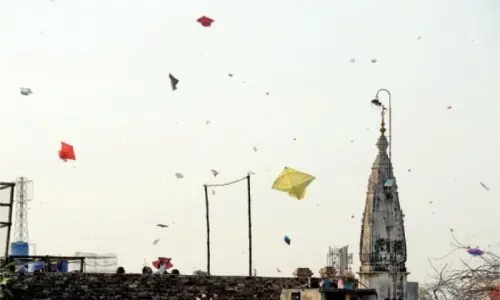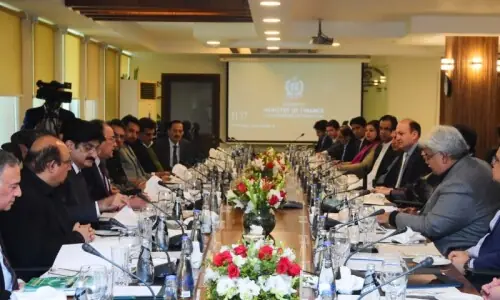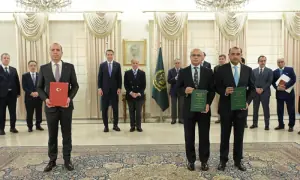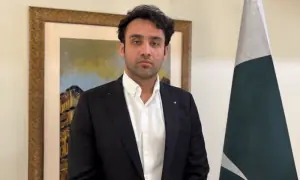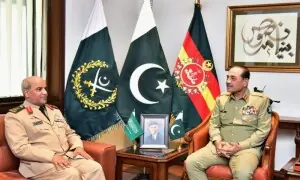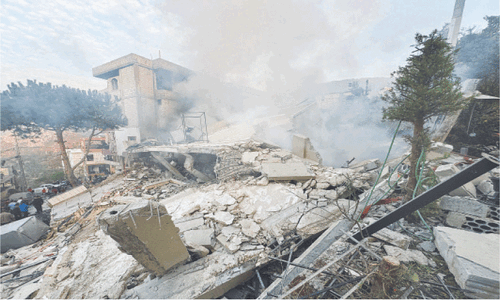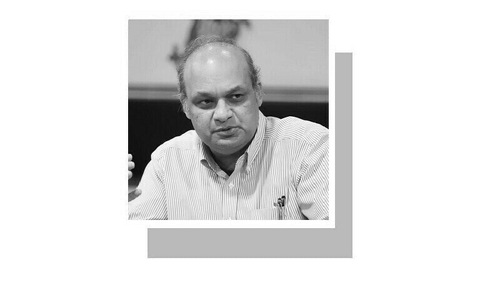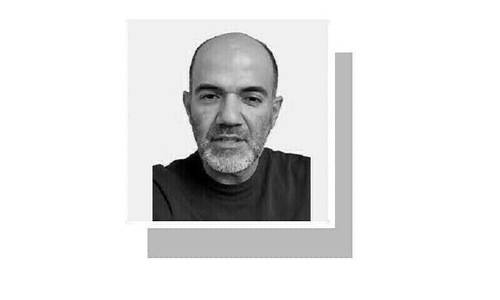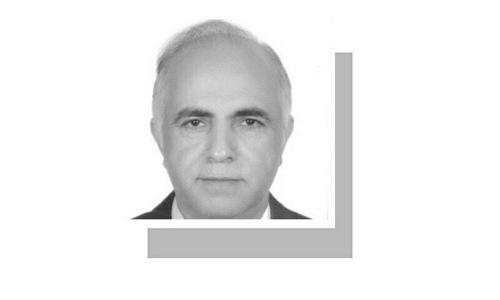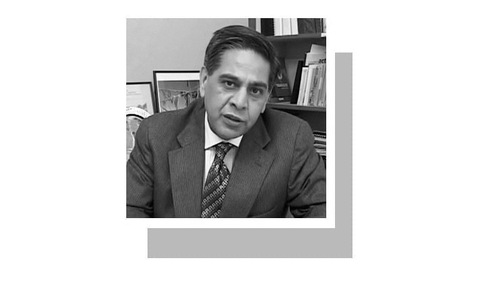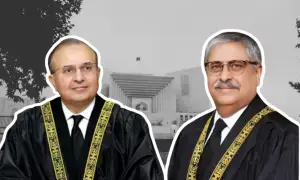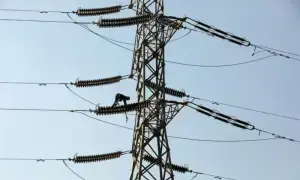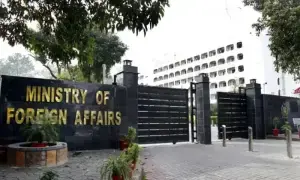NEW DELHI, July 21: Nuances of the 1988 agreement between India and Pakistan to not attack each other’s nuclear facilities could be tested by New Delhi’s deal with Washington whereby India will clearly segregate its civilian nuclear facilities from the military-oriented units, analysts and diplomats said on Thursday. The December 31 India-Pakistan pact of 1988 came into force on January 1, 1991. It forbids aiding or abetting any action aimed at causing destruction or damage to any nuclear installation or facility in each country.
The pact describes a nuclear installation or facility and requires each party to inform the other of the precise locations, latitude and longitude of installations and facilities by 1 January of each calendar year and whenever there is any change.
Significantly, according to diplomats here, the agreement does not provide for detailed disclosures of nuclear-related activities and this is likely to be the rub in the India-US agreement.
Starting in January 1992, India and Pakistan have exchanged lists of their respective civilian nuclear-related facilities. However, each side has questioned the completeness of the other’s list.
“The difficulty will arise for India, when it has to tell the world a few good things about its military and civilian nuclear facilities, separating the bran from the chaff,” one diplomat told Dawn on condition of anonymity. “That will be a different story than what India and Pakistan have been telling each other for years.”
At the same time, Indian scientists say the agreement reached between Prime Minister Manmohan Singh and US President George W. Bush to segregate India’s nuclear civilian and military facilities may involve “staggering costs”.
Former director of the Bhabha Atomic Research Centre, Dr A.N. Prasad, told The Asian Age the proposal might sound fine on paper, but in practice it was totally unfeasible.
“If we were to segregate these facilities, which in itself will be almost impossible, we will have to ensure that each has the necessary workload, which might then not always be the case. We cannot afford to keep such costly equipment idle,” Dr Prasad said.
According to The Asian Age Indian nuclear scientists are worried about the decision to separate the facilities on three counts:
The expense of segregation, the scientists said, will be absolutely “ridiculous”. It will put an unnecessary financial burden on the country, which can ill afford this. Two separate facilities will have to be funded, with separate highly expensive equipment, and even separate sourcing of heavy water.
India’s best brains will be diverted to effect this segregation, which will be very complicated and frustrating. Instead of being used for constructive nuclear work, scientists will be involved in sorting out highly intricate complications with uncertain results.
India’s nuclear programme is so integrated that it will be virtually impossible to successfully separate military and civilian nuclear facilities, The Age said.
The decision to sign the additional protocol will now open Indian nuclear installations to rigorous IAEA inspections that include protocol-free inspections, no-notice inspections that scientists, according to The Age, describe as “interventionist” and “obstructionist”.
The newspaper quoted former Indian national security adviser Brajesh Mishra as admitting that the nuclear deal had been in the works for some time.

